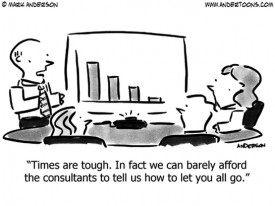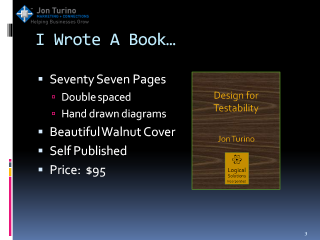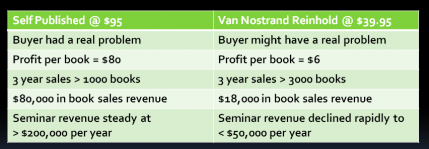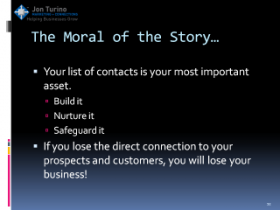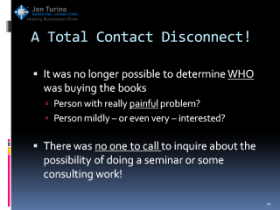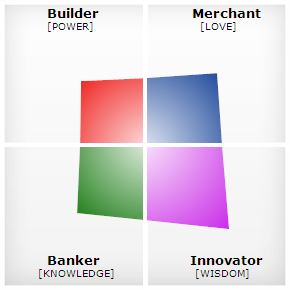
Some revealing information has recently come to light about yours truly.
A while back I took an assessment called the Core Values Index (CVI) assessment. This assessment is unlike strengths assessments or current personality assessments that can be colored by current or recent past events. The CVI looks at just what it says it does: my core values.
I am old enough to own up to being who I am. So I’ve included the link to the complete CVI results on my About Jon page. But I want to share some highlights with you. Here’s what it says:
“Jon Turino,
54% of your core value energy comes from Wisdom and Love.
Jon, the CVI assessment found you are an INNOVATOR-MERCHANT.
What does this mean? This means your primary core value is Innovator – An Innovator’s core value energy is Wisdom. Wisdom is the ability to see the way things are, and discern what to do about it. You accurately assess situations and provide solutions. Your secondary core value is Merchant – A Merchant’s core value energy is Love. Love in this sense is working toward an inspired vision of what can be, by nurturing the core values in one’s self and in others. You thrive at building relationships and providing an inspired vision for those around you.”
It goes on to say: “Your scores indicate you have INNOVATOR/MERCHANT tendencies. When you enter a room there is more wisdom and love energy suddenly in that room. You are the presence of loving wisdom. This is your assignment, to be the effective presence of loving wisdom. You look at the circumstances and situations around you through the eyes of compassion and truth. You operate from reason and intuition, seeing the way things are. Asking questions and deriving the right responses, best strategies and most workable solutions. This is balanced by your intuitive and reasoning capacity to see who people really are. You try to understanding their needs and wants. You work to nurture and support them and yourself. Your highest and best contribution can only be made in situations in which there is a significant and constant need for loving wisdom”
There is much more explanation, and some examination of the negative traits associated with my “exquisite wonderfulness” — a phrase that was coined many years ago and who’s origin and meaning will never be revealed here! In any case, I found the CVI results to be truly fascinating information and I like to think they are pretty darned accurate.
How about you? Do you think it fits me? I’d love to hear from you. And if you’d like your own assessment, just click on Taylor Protocols.





